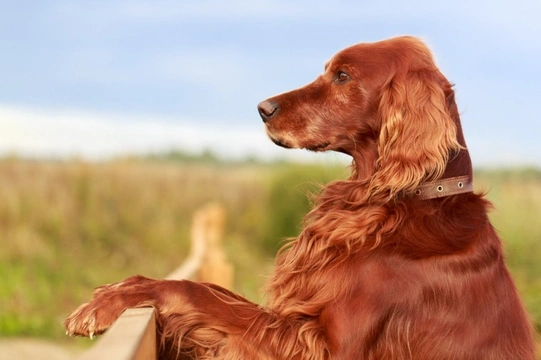
Ten rules all responsible dog owners should follow to keep delivery drivers and postal workers safe
The Communication Worker’s Union and the Royal Mail state that every year, around 3,000 postal workers and delivery drivers are attacked by dogs as part of the course of their jobs, and an estimated further 1,000 dog attacks on delivery workers are thought to go unreported.
That is a significant number of potentially life-changing and wholly preventable injuries caused each year as a result of poor management or a lack of appropriate supervision of dogs; and something that many dog owners aren’t as vigilant about safeguarding against as they should be.
Many dog owners too could never believe that their dog would attack anyone, for any reason; and yet this has been proven to be patently untrue time and time again among even very social and kindly natured dogs when they see a delivery worker as a threat to their home.
If your dog attacks a delivery driver or postal worker, you’re legally liable – both criminally and civilly. You would also have that weight on your conscience too, and potentially lose your dog over it.
However, as mentioned, this type of dog attack is wholly preventable, with a little forethought and planning on the dog owner’s part.
In this article, we’ll share ten rules and pieces of advice that all dog owners should follow, to keep delivery drivers and posties safe. Read on to learn more.
Ensure your dog is not left out in an accessible garden alone
First of all, leaving your dog out in a garden that anyone might be able to access is a recipe for disaster. Delivery staff and callers have a right to be able to get to your door to conduct their business safely, and your right to freedom of enjoyment of your property does not trump this.
Never leave a dog of any type loose in a garden that callers might need to pass through.
Don’t rely upon your children to supervise the dog in the garden
Children are not appropriate supervision for a dog, particularly when it comes to being able to make decisions and exercise control over the dog, and so you should not leave your children in supervision of a dog in an accessible garden.
In fact, this may make your dog even more defensive and likely to attack a stranger, as they see themselves as protecting the vulnerable members of their family.
Barricade the back garden if it adjoins the front garden
If you let your dog out into the back garden, ensure they cannot get around it into the front garden or otherwise into the area alongside your door of that people need to transit.
Always close your dog away before you open the door
If you need to open the door to a delivery worker, close your dog into another room first. Around a third of all dog attacks on delivery workers occur at the door; you might be dealing with the postie, but your dog might push past you and bite, as they see a stranger on their territory and nothing more.
Use a cage or mail box to ensure your dog doesn’t bite the postman’s fingers
Dogs can and do bite delivery workers’ fingers though the letter box, and this can be one of the most serious and potentially dangerous types of dog attacks of all.
Installing a cage guard on the back of the letter box prevents this, and if this is not possible, install a secure mail box outside for your postie to deliver to.
Ensure your fences are safe and secure
Ensure that your dog cannot get out over or under your fence to pursue a delivery worker; even if they’re not delivering to your own home or the garden in question does not contain a pathway, your dog might see a delivery person in the local area as an intruder and jump the fence to go after them.
Don’t assume that getting your dog to befriend the regular post man is all you need to do
Getting your dog to make friends with your regular postie is a wise move if the postie is willing, and postal workers who carry treats for the dogs on their route tend to be very popular with their canine customers! However, remember that even if your dog loves your regular postie, their route will at some point be covered by others, potentially with no warning, and so this is not a safeguard against any problems.
Warning signage or cautions not to enter your property are meaningless
Signage cautioning people to keep out or that they enter at their own risk are meaningless; and in the case of the latter, might even support a liability claim that you knew your dog was a danger!
People calling on legitimate business have a right to reach your door safely, and such signs hold no power in law, and will not result in a delivery worker passing you by.
Don’t leave your dog unsupervised for long periods of time or encourage them to “patrol” their grounds
Don’t leave your dog at home alone for long periods of time, nor actively encourage them to patrol their territory for threats. Unless you have the skills, time, dedication and willingness to provide sufficient supervision that are all needed to properly and safely train a guard dog, don’t attempt to make your dog territorial, as this is apt to backfire.
Ensure your dog can’t get their head out over a fence
Finally, you could theoretically fence the path from your door off from the garden so people can transit it without coming into contact with your loose dog. However, if your dog can get their head over or through this fence – or over or through any fence that borders a public walkway – they can still pose a risk.



